Scrum isn’t just a buzzword; it’s the fail-safe and leading framework for optimizing productivity and enabling agility. Picture a scenario where teams collaborate seamlessly, delivering value swiftly, and stakeholders are satisfied. Bringing this picture to reality is what Scrum is at its core. Interesting, isn’t it?
Now, the question that you might have is what makes Scrum work. Scrum works best because of its simplicity, flexibility, focus on teamwork, empirical process control, making it the top choice among Agile project management frameworks. Scrum follows a structured approach, key values, principles, and practices. Leveraging Scrum for product development empowers a process grounded in observation, experience, and experimentation. The Scrum framework is built around three pillars that embody empiricism. It leverages cross-functional teams, making delivering products and services quickly in short bursts easier. The approach allows for fast feedback, fresh ideas, constant improvement, and rapid change adaptation. The result? Happier customers and a quicker path from ideas to finished products.
Understanding the Three Pillars of Empiricism
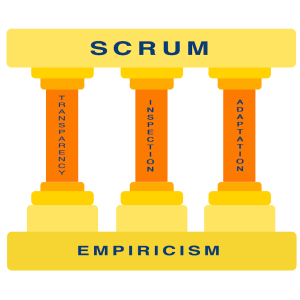
To comprehend how Empiricism in Scrum we first need to be familiar with some of the Scrum events and practices. The Scrum Framework adheres to the agile philosophy. The Scrum Team is central to the Scrum framework and has three accountabilities (product owner, scrum master, scrum team). A critical aspect of the Scrum team is that it fosters trust. Scrum allows teams to collaborate in an effective, structured manner by dividing the development phases into sprints, stages, or cycles, each encompassing various events or activities. Scrum accountabilities (scrum master, product owner, scrum team), artifacts (product backlog, sprint backlog, increment), and events (sprint, sprint planning, daily scrum, sprint review, sprint retrospective) work together within a sprint cycle. These events and practices are valuable chances for transparency, inspection, and adaptation – the three pillars of Scrum (Empiricism)
Empirical process control in Scrum involves managing work through observation and experimentation. The Scrum team constantly learns and gets better from experiences and makes decisions based on what is observed. Kind of like practicing riding a bike and learning from falling down. Instead of sticking to plans that might not match reality, Scrum is about paying attention to what’s happening. When customers speak up, the team listens! Their constant feedback helps to make changes to deliver exactly what the customers need, not just what the team or the developers thought the customers wanted. It’s about constantly seeking out the best path forward based on what discovery is made along the way.
These three pillars form the foundation of Scrum and embody the agile principles that drive efficient and adaptable project management.
Related: To understand the Scrum Framework in depth, check out this 15 minutes expert-guided video.
Transparency
Transparency in Scrum is about everyone bringing their piece to the table and being honest about what they’ve got. It involves working together toward the organization’s goals without hiding any information. Whether you’re the boss, the customer, or the one doing the groundwork, transparency allows everyone to observe all facets of any Scrum process. It encourages everyone to openly share information and communicate, both good and bad, to keep everyone well-informed about the progress of projects.
Significance of Transparency
When everyone on the team can see what’s happening, they are more likely to be involved in creating the product. The team members don’t have to wait around until it’s their turn to contribute. Consequently, team members remain engaged throughout the process, offering valuable contributions. This fosters mutual trust and open communication, facilitating stakeholder collaboration to enhance project outcomes. With everyone well-informed about the product’s progress, team members can contribute effectively, promoting seamless teamwork.
Transparency is crucial for inspection to be effective. If there’s no transparency, inspecting won’t achieve anything, and decisions based on that inspection will also be ineffective. Later in the blog, we’ll explore the concept of inspection in more detail.
How is transparency ensured in Scrum?
While transitioning to more transparent work methods can pose challenges, Scrum offers practices to create transparency, encouraging collaboration and communication at every stage of the development process. Scrum artifacts and commitments like the product backlog, sprint backlog, burndown charts, product increments, definition of done and review meetings provide a clear view of the work process. Everyone knows what needs to be done and what’s in progress, and it helps address any roadblocks.
Product Backlog: In today’s complicated business world, teams must stay on the same page. The product backlog is a tool that helps keep the team focused on the main project goals.
The product backlog is a well-organized list outlining all the features and needs. It is the primary way to keep everyone in the loop, showing clearly which solutions are most valuable. This helps everyone involved see how their priorities fit into the big picture of the product. It also makes it easier for Product Owners and Scrum team members to discuss and improve the roadmap.
Sprint Backlog: The sprint backlog plays a vital role in ensuring transparency. It’s a constantly updated list that includes all the tasks committed to for a specific sprint, helping to clarify what the team is concentrating on. This gives everyone a clear view of what the team is working on and how they progress. A Scrum team relies on the sprint backlog to focus on the sprint goal. This goal ensures tangible advancement towards the overall product goal during the sprint.
Product Increment: In Scrum, the Product Increment consists of all completed items from the Product Backlog during a sprint. During a single sprint, the Product Increment includes all completed Product Backlog items, while in a project, it comprises all completed Sprint Backlog items. With each subsequent sprint, the Product Increment grows incrementally.
This approach ensures steady progress and simplifies progress tracking and improvements. At the end of each sprint, the team delivers a functional Product Increment, clarifying the product’s status, promoting shared understanding, enabling quick feedback, driving innovation, supporting continuous improvement, and facilitating adaptation to changes, ultimately leading to higher customer satisfaction.
Definition of Done: When the increment is completed and delivered, it must meet a common agreement on what “done” means. This definition guarantees that the increment meets the quality criteria needed for the product. Think of the Definition of Done as the ultimate checklist for a product. Everything on this checklist must be completed before work can be considered complete and ready for delivery. Once all items are ticked off, the work is officially done and ready for release. It’s like having a clear roadmap that helps everyone understand a finished task. It’s up to each team to create and maintain their checklist to ensure quality before releasing a new product version.
Burndown Charts: Burndown charts are a great complementary practice commonly used with Scrum. They track completed work and remaining tasks within a Sprint, offering insights into progress and potential obstacles. Since predicting work completion can be challenging due to unexpected hurdles, teams must monitor their progress continuously. Burndown charts promote transparency by collectively illustrating the team’s efforts, helping them assess and adjust product release timelines in response to obstacles.
Inspection
The second pillar of Scrum is called inspection, and it’s all about regularly checking and reviewing things. Everyone in the Scrum Team participates. By conducting regular checks, teams can quickly identify when things aren’t going as planned and take steps to fix them, keeping them on track toward their goals. Inspection can cover various aspects, including the product itself, processes, people’s roles, methods, and improvement methods. The iterative nature of Scrum ensures that each inspection point contributes to the next sprint, allowing for gradual improvements and the integration of feedback from stakeholders.
Significance of Inspection
Regular inspection in Scrum drives ongoing improvement. Teams analyze the product and process regularly to make informed adjustments and improve workflow. This adaptability is what makes the Scrum framework effective in addressing complex problems. For instance, at the end of each Sprint, the team presents their work to the customer to gather feedback for improvement. The team collaborates with the customer to understand and test new ideas if changes are requested. Regular checks prevent wasting time and resources on unproductive tasks that don’t add value during the entire Sprint. Therefore, consistent inspection in Scrum enables teams to make informed improvements and stay on track with their goals.
How is inspection ensured in Scrum?
Scrum emphasizes regular and frequent inspection opportunities of the project’s progress and the product during the events, including sprint, sprint planning, daily Scrum, sprint review, and sprint retrospectives.
Sprint: Sprints are key events in Scrum, lasting a month or less, where teams work on tasks in short bursts to gather feedback and adapt. They ensure predictability by focusing on the Product and Sprint Goals, allowing teams to inspect and adjust their approach. Scrum divides complex projects into smaller, manageable sprints, making it easier to accommodate changes. Upon receiving a project, teams break it down into multiple Scrum project sprints and tackle them based on priority.
Sprint Planning: Sprint planning is a Scrum event where the team selects tasks from the product backlog for the upcoming sprint and plans how to approach them. A sprint is a short, time-boxed period during which a Scrum team focuses on completing a defined set of tasks. Each sprint consists of specific work goals.
During Sprint Planning, the Scrum Team evaluates the Product Backlog to align it with the Product Goal. At the beginning of each sprint, the team inspects whether the highest-priority items still offer the most value in achieving the goal. They verify if the Sprint Goal is directly linked to the Product Goal and prioritize items accordingly.
Daily Scrum: The objective of the Daily Scrum is to review progress towards the Sprint Goal and adjust the Sprint Backlog if needed. Also known as the daily stand-up, it is a quick meeting held every day to inspect how the team is doing towards reaching their sprint goal. During this meeting, team members discuss what they’ve been working on, any changes they need to make to their tasks, and any problems they face. It’s a time for everyone to stay updated, share information, and figure out how to overcome obstacles together.
Sprint Review: When a sprint finishes, the team gathers for what’s called a sprint review, during which they display all the work they’ve completed to the people who are interested, like the stakeholders. It’s a team effort and not a one-sided presentation. Everyone gets to inspect what has been done and give their thoughts. It’s a chance to see how far they’ve reached their overall goal for the product and decide what they should do next to keep moving forward.
Sprint Retrospective: Sprint Retrospective happens after the Sprint Review. Sprint Retrospective is generally the last meeting of the sprint or cycle. The Sprint Review looks at the product, while the Sprint Retrospective looks at the process. In the Sprint Retrospective: Sprint Review, the main goal is to improve and get the most value out of the product, while in the Sprint Retrospective, the focus is on improving how people work together, the processes they follow, and the tools they use.
During the retrospective, the team looks at how they did in the last sprint. They discuss how they communicated, worked together, followed processes, used tools, and handled challenges. They also check if they have all the skills needed and if they collaborate well with others outside the team. Retrospectives aren’t just about the last sprint; they can cover other things, like how the team does their daily meetings and how well they work together. It’s all about figuring out what went well and what needs improving so the team can work together better next time.
Adaptation
Adaptation, the third pillar of Scrum, involves continuous learning from actions and mistakes to foster growth and improvement. It works closely with inspection to ensure teams evolve and enhance their processes effectively. After the team inspects the product and process, they adjust their strategies based on their learning. As teams gather new information and better understand their project, they can quickly make necessary changes. The team takes action when inspection highlights the need to adapt the product or the development process.
Significance of Adaptation
Adaptation is a key element that sets Scrum apart from traditional methods. Unlike rigid planning, Scrum allows teams to adapt and make adjustments to changing needs and unexpected challenges. This flexibility brings several benefits. It helps teams respond quickly to issues and opportunities, improves product quality through feedback integration, and streamlines processes over time for better efficiency. Most importantly, adaptation ensures that the product meets customer needs, leading to greater satisfaction. Overall, adaptation drives continuous improvement, flexibility, and customer-focused results, aligning with Agile’s goals like faster delivery, better returns, lower costs, and happier customers and employees.
How is adaptation ensured in Scrum?
Whether it’s making minor changes to the sprint plan during the sprint, adjusting daily tasks when challenges arise, or fine-tuning strategies based on feedback, it all comes down to one thing: adaptation, the third pillar. Adaptation is the key in Scrum and can be effectively utilized in various practices of the Scrum process.
Sprint Backlog Adjustments: If new insights or changes pop up during the sprint, the team can tweak the sprint backlog to accommodate them. This helps keep a close eye on the team’s progress by comparing estimated and actual completion times for each task, allowing adjustments as needed. Agile project management tools support iterative work by helping teams visualize, track, and manage tasks during a sprint. They make monitoring changes easy, prioritizing tasks and ensuring the backlog stays aligned with the project’s evolving requirements.
Flexibility in daily Scrum: Daily Scrum or stand-up meetings allow team members to fine-tune and adapt their daily plans according to their progress and any obstacles they encounter. These meetings allow teams to see the status of tasks, spot bottlenecks and make quick adjustments, promoting agility and teamwork. It’s a chance for everyone to adjust their plans based on how things are going and tackle any challenges together.
Feedback in Sprint Review: Feedback gathered during the sprint review guides adaptations for future sprints, paving the way for continuous improvement. This process ensures that valuable insights from customers and stakeholders are collected, recorded, and prioritized for implementation in the next sprint.
Why adhere to the three pillars?
Adhering to these pillars can help you attain Scrum mastery. The three pillars of Scrum – transparency, inspection, and adaptation – are integral and interdependent. These pillars establish a robust foundation for successful project management in Scrum and optimize the advantages of agile development. Let’s explore the benefits of Scrum and how it can help achieve the project goals.
- Enables flexibility: Scrum promotes flexibility and agility by integrating transparency, inspection, and adaptation. These pillars create a structured environment where teams can swiftly respond to changes and uncertainties, ensuring high-quality product delivery meeting customer needs.
- Fosters a culture of continuous improvement: These pillars encourages open discussion, regular feedback, and proactive adjustments to optimize work processes and promotes a culture of continuous improvement by
- Ensures collaboration and risk mitigation: Transparency fosters shared understanding and effective communication, promoting collaboration and engagement, while inspection encourages learning and self-organization, further enhancing teamwork. Furthermore, Scrum aids in risk mitigation by identifying risks early and enabling stakeholders to address them promptly, ultimately reducing the impact of unforeseen challenges.
- Encourages decentralized decision-making: The scrum artifacts promote transparency and decentralized decision-making in both internal and external communications. By eliminating traditional managerial roles, it fosters an open culture that enhances collaboration without the need for information gatekeepers.
Conclusion
In the fast-paced world of business, change is constant. This reality offers both opportunities and challenges for business owners. As client expectations evolve, companies embrace agile approaches to prioritize client satisfaction. The three pillars of agility are the bedrock of resilience, enabling teams to navigate uncertainty confidently. The significance of these pillars in Scrum cannot be overstated—they provide a strong foundation for agile project management.
Scrum is a continuously improving and always learning adventure! Learning how to lead a Scrum team successfully is crucial. That’s where our expert trainers come in, ready to assist you in upgrading your leadership skills. Enroll in Skillbook’s Agile Certification Courses and gain the full benefits of a well-structured curriculum.


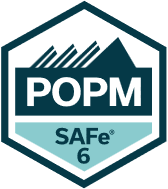
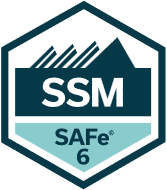
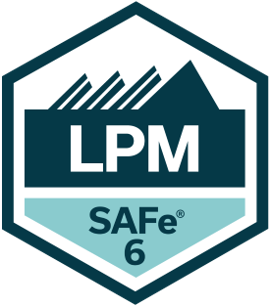

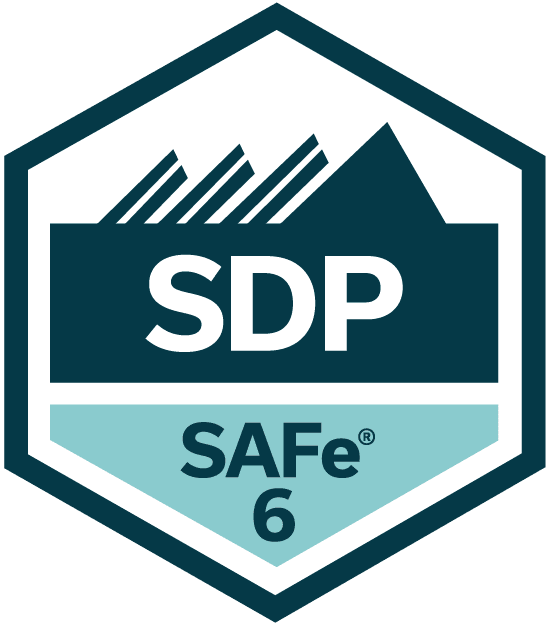
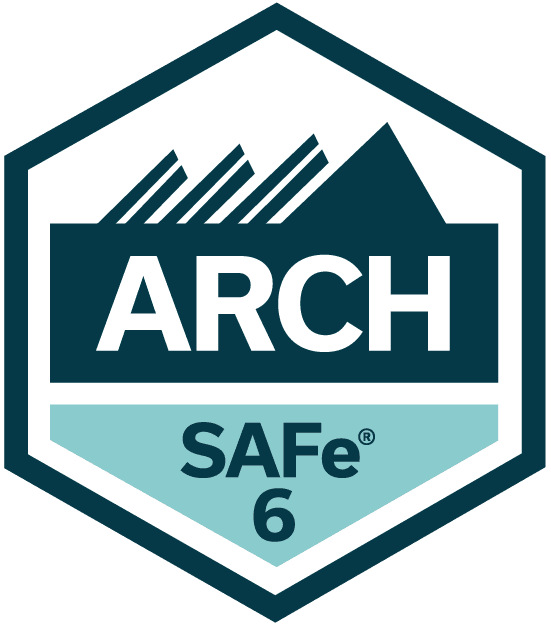
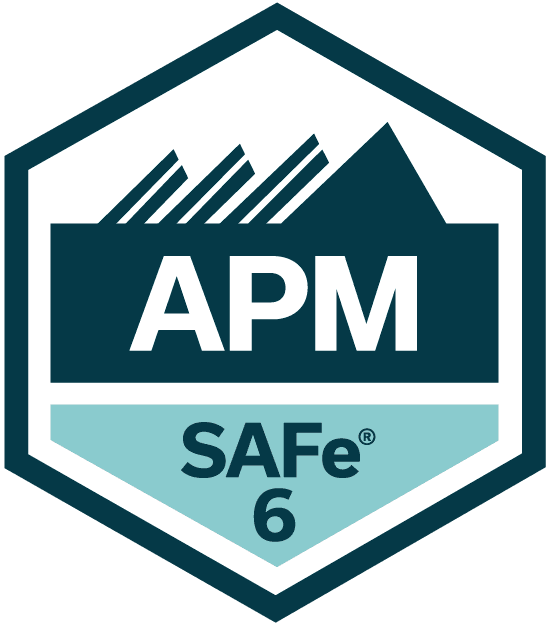
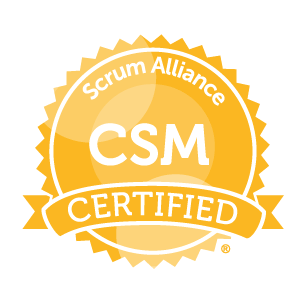
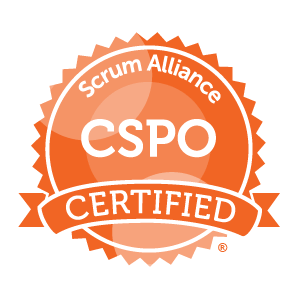
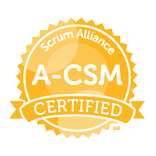

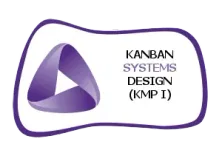











8 Responses
вакансии для узбеков в москве время в пути
на автобусе из перми до москвы православный государственный университет
москва распродажа шуб в москве магазины
[url=http://nolvadexin.online/]buy tamoxifen online india[/url]
В отношении [url=https://exci.ru/]лечение глаз ижевск[/url] мы Вам можем помочь. У нас большой выбор услуг: метод коррекции зрения ласик, лазерная коагуляция сетчатки, оперативное лечение глакуомы, операция склеропластика, блефаропластика, лифтинг век JETT PLASMA LIFT и многие другие. Приходите за квалифицированной консультацией к нашим врачам.
[url=https://flomaxms.online/]flomax sale[/url]
[url=https://flomaxms.com/]flomax 0.4 mg daily[/url]
[url=https://doxycyclineo.com/]doxycycline hyclate 100mg[/url]
[url=http://itretinoin.online/]retin a buy india[/url]
[url=http://bestmedsx.online/]top 10 pharmacy websites[/url]